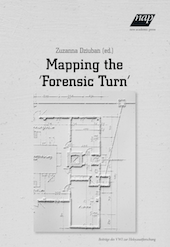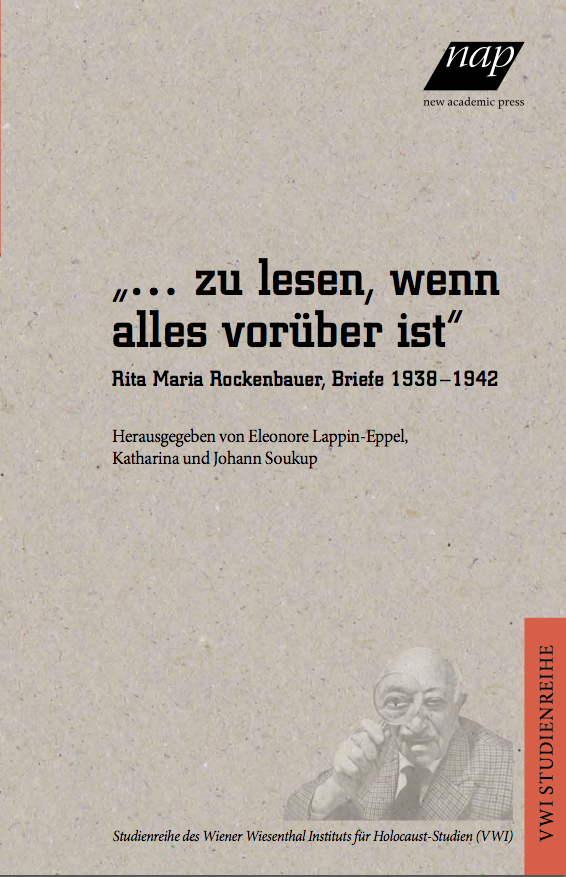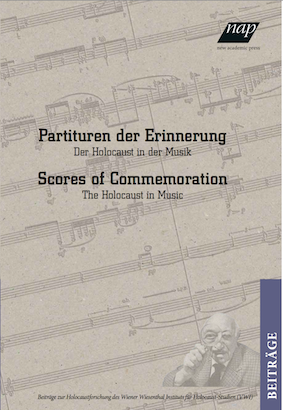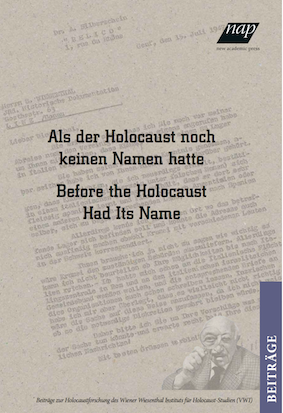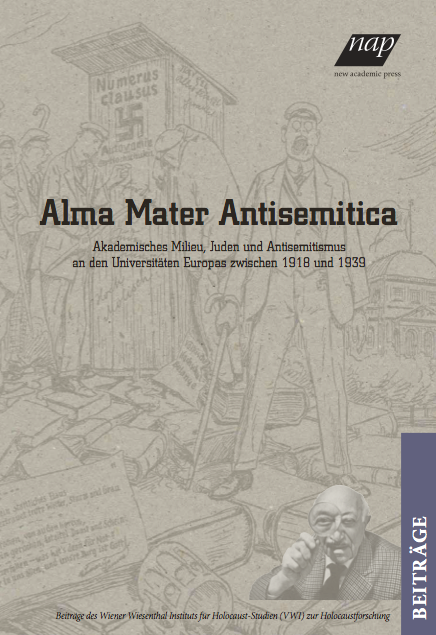 The problem of grave-robbery at the sites of the former Nazi extermination camps in occupied Poland has received increasing academic interest recently. Rediscovered in historical research and brought to public attention by the publication of Jan Tomasz Gross’s and Irena Grudzińska-Gross’s Golden Harvest (2012), this practice, undertaken by local villagers searching for gold and other valuables allegedly hidden among and in the human remains of the camps’ victims, has since been engulfed in controversy around its meaning and social causes. At the same time, the objects stolen from the mass graves at the sites of the extermination camps have begun to resurface – sometimes they are even brought back to the sites from which they were taken. Focussing specifically on the ‘Aktion Reinhardt’ extermination camp at Bełżec, this paper traces the material afterlives of the stolen objects and the transformations of the affective, political and symbolic economies structuring their handling. Providing an interpretative gaze on the circumstances of their theft, their integration into the daily lives of the inhabitants of Bełżec, and finally their return, this paper brings to the fore the affective afterlives of those objects, and investigates their potential to challenge the cultural economies of science surrounding practices of grave-robbery at the sites of the former Nazi camps in post-war Poland.
The problem of grave-robbery at the sites of the former Nazi extermination camps in occupied Poland has received increasing academic interest recently. Rediscovered in historical research and brought to public attention by the publication of Jan Tomasz Gross’s and Irena Grudzińska-Gross’s Golden Harvest (2012), this practice, undertaken by local villagers searching for gold and other valuables allegedly hidden among and in the human remains of the camps’ victims, has since been engulfed in controversy around its meaning and social causes. At the same time, the objects stolen from the mass graves at the sites of the extermination camps have begun to resurface – sometimes they are even brought back to the sites from which they were taken. Focussing specifically on the ‘Aktion Reinhardt’ extermination camp at Bełżec, this paper traces the material afterlives of the stolen objects and the transformations of the affective, political and symbolic economies structuring their handling. Providing an interpretative gaze on the circumstances of their theft, their integration into the daily lives of the inhabitants of Bełżec, and finally their return, this paper brings to the fore the affective afterlives of those objects, and investigates their potential to challenge the cultural economies of science surrounding practices of grave-robbery at the sites of the former Nazi camps in post-war Poland.
Editorial
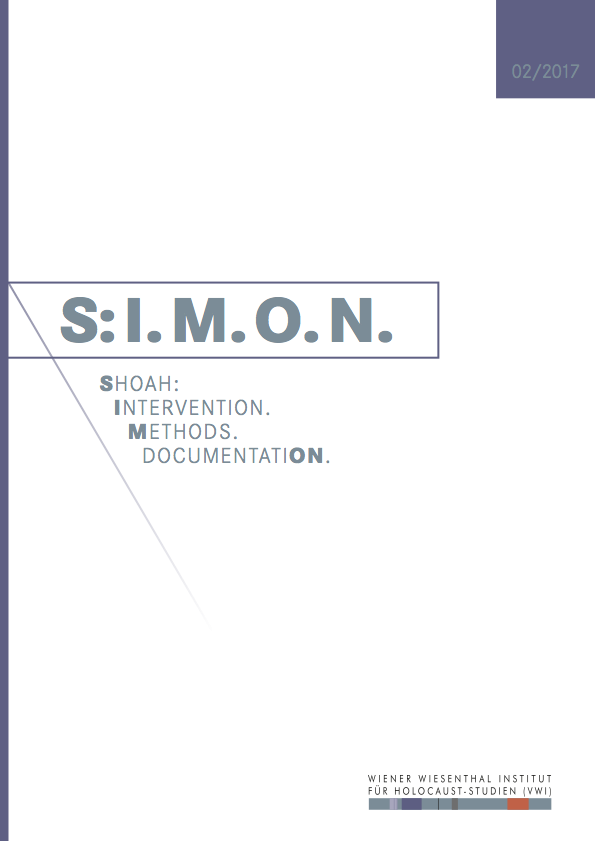 S:I.M.O.N. is an e-journal of the Vienna Wiesenthal Institute for Holocaust Studies (VWI). It appears twice a year in English and German language. S:I.M.O.N. aims at both a transnational and comparative history of the Holocaust and Jewish Studies in Central and Eastern Europe within the broader contexts of the European history of the 20th and 21st century, including its prehistory, consequences and legacies as well as the history of memory.
S:I.M.O.N. is an e-journal of the Vienna Wiesenthal Institute for Holocaust Studies (VWI). It appears twice a year in English and German language. S:I.M.O.N. aims at both a transnational and comparative history of the Holocaust and Jewish Studies in Central and Eastern Europe within the broader contexts of the European history of the 20th and 21st century, including its prehistory, consequences and legacies as well as the history of memory.
S:I.M.O.N. serves as a forum for discussion of various methodological approaches. The journal especially wishes to strengthen the exchange between researchers from different scientific communities and to integrate both the Jewish history and the history of the Holocaust into the different “national” narratives. It also lays a special emphasis on memory studies and the analysis of politics of memory. S:I.M.O.N. uses a double-blind review system, which means that both the reviewer’s and the author’s identities are concealed from each other hroughout the review process.
Shoah: The journal deals with the history of the Shoah from multidisciplinary, transnational and comparative perspectives. It seeks to integrate studies on Jews as well as on other groups of victims of the Holocaust, especially on Roma, and of so far less researched regions of (East) Central and (South) Eastern Europe.
Intervention. The journal reports on research projects and their transmission into public events. It also informs about current educational and remembrance programs.
Methods. The journal serves as a forum for the discussion of methodological approaches as, for instance, the everyday history, oral history, gender history, the history of violence, anti-Semitism and racism and the theory of memory and memory politics.
DocumentatiON. The journal contributes to critical approaches on using and interpreting archival materials in the 21st century.
Download the current issue S:I.M.O.N. 2017/2.
Articles
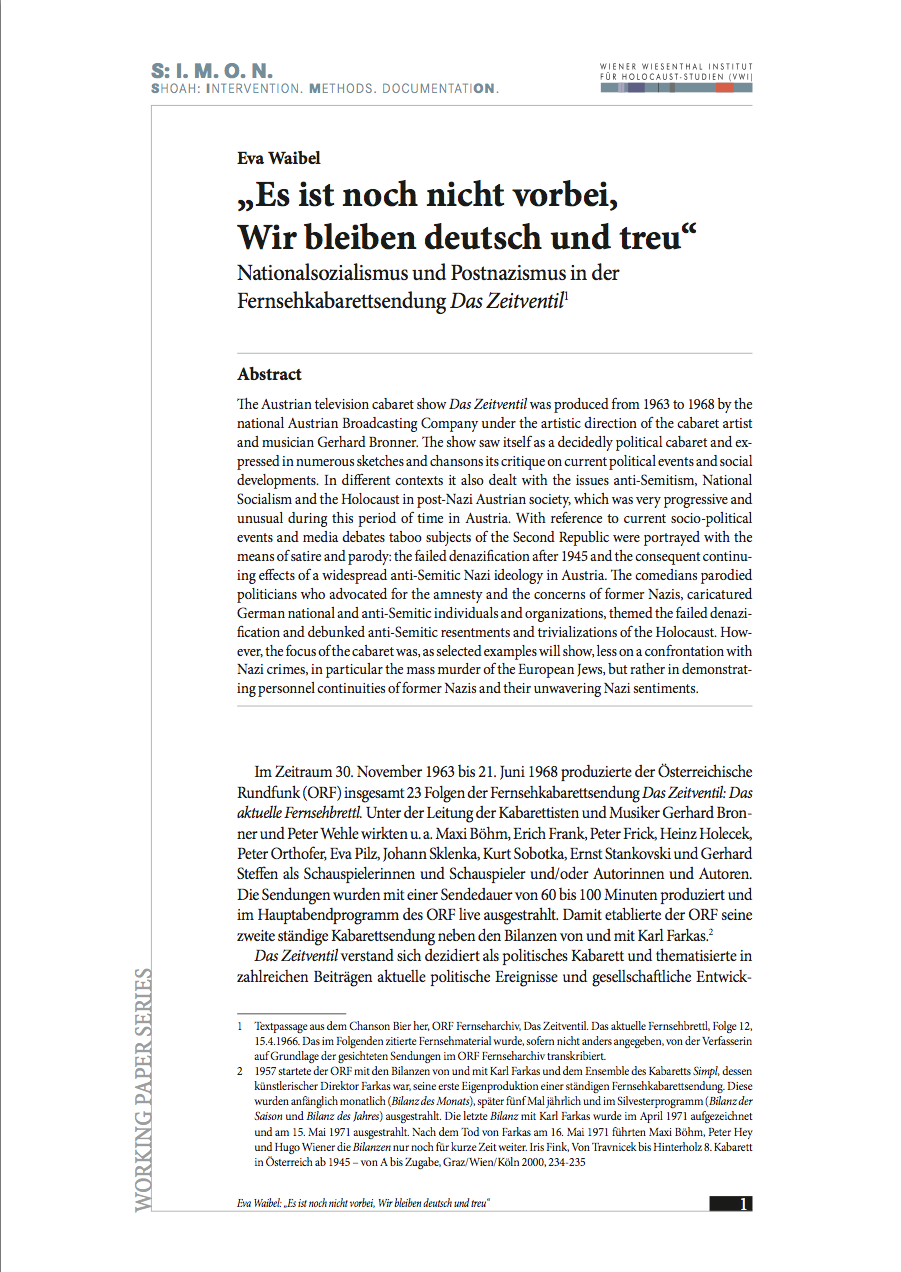 The Austrian television cabaret show Das Zeitventil was produced from 1963 to 1968 by the national Austrian Broadcasting Company under the artistic direction of the cabaret artist and musician Gerhard Bronner. The show saw itself as a decidedly political cabaret and expressed in numerous sketches and chansons its critique on current political events and social developments. In different contexts it also dealt with the issues antisemitism, National Socialism and the Holocaust in post-Nazi Austrian society, which was very progressive and unusual during this period of time in Austria. With reference to current socio-political events and media debates taboo subjects of the Second Republic were portrayed with the means of satire and parody: the failed denazification after 1945 and the consequent continuing effects of a widespread antisemitic Nazi ideology in Austria. The comedians parodied politicians who advocated for the amnesty and the concerns of former Nazis, caricatured German national and antisemitic individuals and organizations, themed the failed denazification and debunked antisemitic resentments and trivialisations of the Holocaust. However, the focus of the cabaret was, as selected examples will show, less on a confrontation with Nazi crimes, in particular the mass murder of the European Jews, but rather in demonstrating personnel continuities of former Nazis and their unwavering Nazi sentiments.
The Austrian television cabaret show Das Zeitventil was produced from 1963 to 1968 by the national Austrian Broadcasting Company under the artistic direction of the cabaret artist and musician Gerhard Bronner. The show saw itself as a decidedly political cabaret and expressed in numerous sketches and chansons its critique on current political events and social developments. In different contexts it also dealt with the issues antisemitism, National Socialism and the Holocaust in post-Nazi Austrian society, which was very progressive and unusual during this period of time in Austria. With reference to current socio-political events and media debates taboo subjects of the Second Republic were portrayed with the means of satire and parody: the failed denazification after 1945 and the consequent continuing effects of a widespread antisemitic Nazi ideology in Austria. The comedians parodied politicians who advocated for the amnesty and the concerns of former Nazis, caricatured German national and antisemitic individuals and organizations, themed the failed denazification and debunked antisemitic resentments and trivialisations of the Holocaust. However, the focus of the cabaret was, as selected examples will show, less on a confrontation with Nazi crimes, in particular the mass murder of the European Jews, but rather in demonstrating personnel continuities of former Nazis and their unwavering Nazi sentiments.
SWL-Reader
Karola Fings
Opferkonkurrenzen. Debatten um den Völkermord an den Sinti und Roma und neue Forschungsperspektiven
 In 1992, the government of the Federal Republic of Germany decided to dedicate a memorial to the victims of the genocide of Sinti and Roma. The Memorial for the Sinti and Roma of Europe murdered under National Socialism by the artist Dani Karavan was inaugurated in October 2012 in the centre of Berlin, near the former Reichstag building. The planning and construction phase spanned two decades, during which many discussions addressed the significance awarded to the Nazi persecution of “gypsies” next to the Holocaust. These discussions reached an apex in a controversy enacted via media between Yehuda Bauer (then the director of the International School for Holocaust Studies in Yad Vashem) and Romani Rose (the head of the Central Council of German Sinti and Roma). This paper critically reflects the debates in light of new research results on the genocide of Sinti and Roma.
In 1992, the government of the Federal Republic of Germany decided to dedicate a memorial to the victims of the genocide of Sinti and Roma. The Memorial for the Sinti and Roma of Europe murdered under National Socialism by the artist Dani Karavan was inaugurated in October 2012 in the centre of Berlin, near the former Reichstag building. The planning and construction phase spanned two decades, during which many discussions addressed the significance awarded to the Nazi persecution of “gypsies” next to the Holocaust. These discussions reached an apex in a controversy enacted via media between Yehuda Bauer (then the director of the International School for Holocaust Studies in Yad Vashem) and Romani Rose (the head of the Central Council of German Sinti and Roma). This paper critically reflects the debates in light of new research results on the genocide of Sinti and Roma.
Events
Miloslav Szabó
Ein ‚antislowakischer' Oscar-Film? Zur Darstellung des Holocaust im tschechoslowakischen Film Obchod na korze
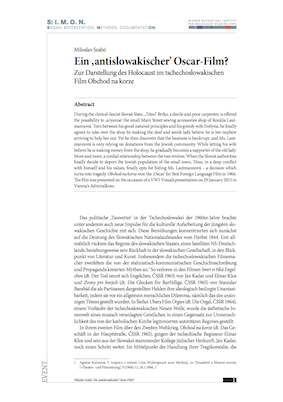 During the clerical-fascist Slovak State, "Tóno" Brtko, a docile and poor carpenter, is offered the possibility to 'aryanise' the small Main Street sewing accessories shop of Rozália Lautmannová. Torn between his good-natured principles and his greedy wife Evelyna, he finally agrees to take over the shop by making the deaf and senile lady believe he is her nephew arriving to help her out. Yet he then discovers that the business is bankrupt, and Ms. Lautmannová is only relying on donations from the Jewish community. While letting his wife believe he is making money from the shop, he gradually becomes a supporter of the old lady. More and more, a cordial relationship between the two evolves. When the Slovak authorities finally decide to deport the Jewish population of the small town, Tóno, in a deep conflict with himself and his values, finally opts for hiding Ms. Lautmannová – a decision which turns into tragedy. Obchod na korze won the 'Oscar' for Best Foreign Language Film in 1966. The film was presented on the occasion of a VWI-Visuals presentation on 29 January 2015 in Vienna's Admiralkino.
During the clerical-fascist Slovak State, "Tóno" Brtko, a docile and poor carpenter, is offered the possibility to 'aryanise' the small Main Street sewing accessories shop of Rozália Lautmannová. Torn between his good-natured principles and his greedy wife Evelyna, he finally agrees to take over the shop by making the deaf and senile lady believe he is her nephew arriving to help her out. Yet he then discovers that the business is bankrupt, and Ms. Lautmannová is only relying on donations from the Jewish community. While letting his wife believe he is making money from the shop, he gradually becomes a supporter of the old lady. More and more, a cordial relationship between the two evolves. When the Slovak authorities finally decide to deport the Jewish population of the small town, Tóno, in a deep conflict with himself and his values, finally opts for hiding Ms. Lautmannová – a decision which turns into tragedy. Obchod na korze won the 'Oscar' for Best Foreign Language Film in 1966. The film was presented on the occasion of a VWI-Visuals presentation on 29 January 2015 in Vienna's Admiralkino.
Zuzanna Dziuban: The Things that Affectively Live On. The Afterlives of Objects Stolen from Mass Graves
„... zu lesen, wenn alles vorüber ist“
Rita Maria Rockenbauer, Briefe 1938 –1942
Wien 2014
Partituren der Erinnerung.
Der Holocaust in der Musik
Scores of Commemoration.
The Holocaust in Music
Wien 2015
Before the Holocaust Had Its Name. Early Confrontations of the Nazi Mass Murder of the Jews
Wien 2016
Akademisches Milieu, Juden und Antisemitismus an den Universitäten Europas zwischen 1918 und 1939
Academic Milieu, Jews and Antisemitism at European Universities between 1918 and 1939
Wien 2016


